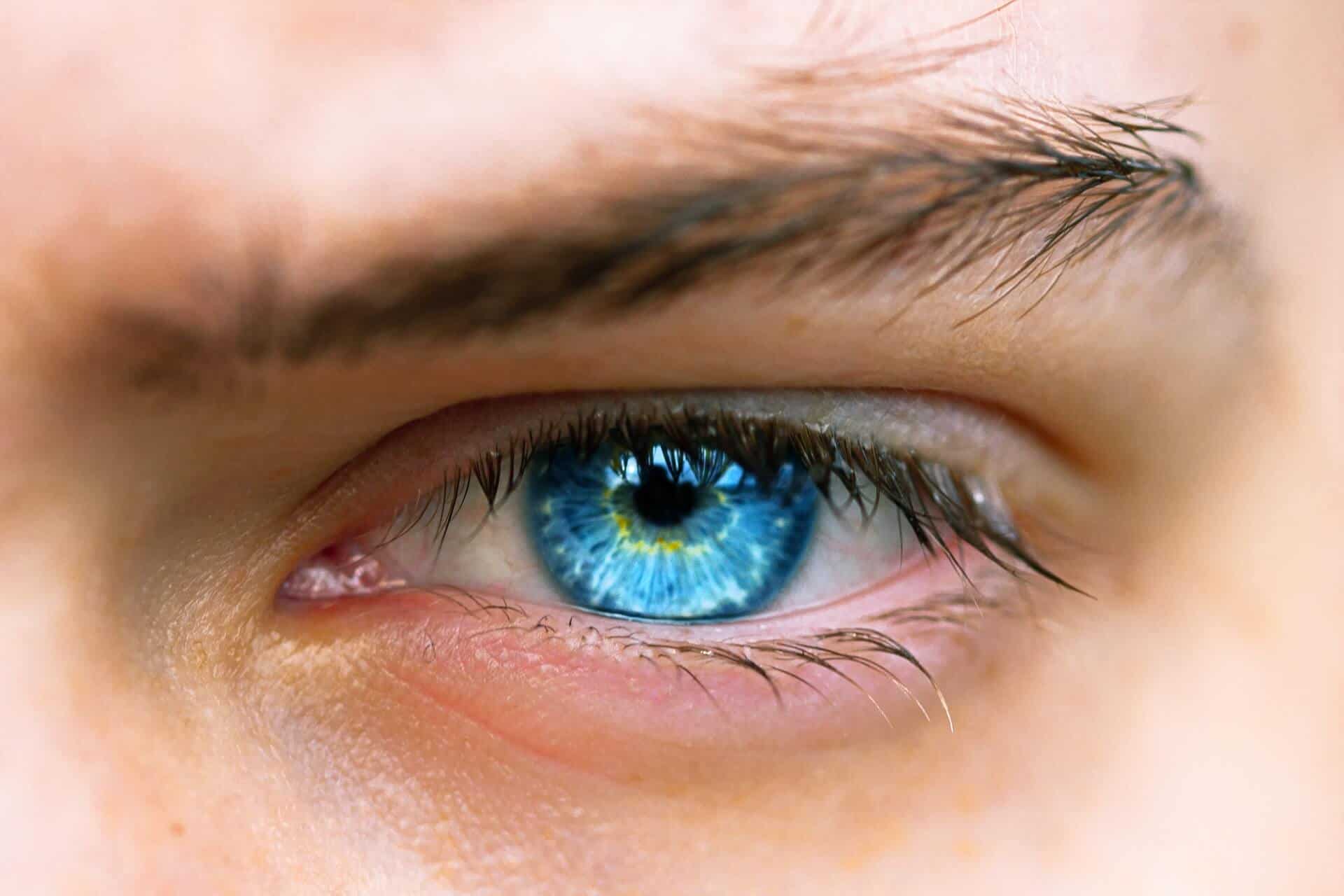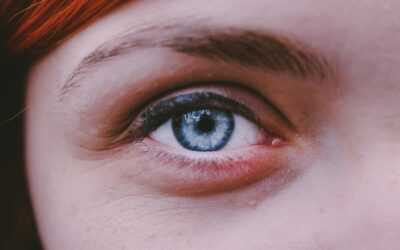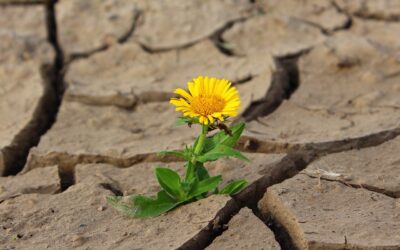If you suffer from dry eye, you know how miserable the experience is. It can be easy to give up hope when traditional artificial tears and warm compresses are not sufficient to rid your symptoms of dry, burning, gritty, watery, irritated eyes.
Fortunately, researchers are working harder than ever to find new treatments to aid in dry eye relief.
To date, there are currently four major prescription strength dry eye medications that can be used to lessen symptoms of dry eye. They are Restasis, Xiidra, Cequa and Tyrvaya. You’ve likely seen a commercial or two for these on your TV!
Before we dig into how these prescription strength dry eye medications work, we’ll do a quick review of what dry eye is.
What is Dry Eye?
Dry eye occurs due to one of two underlying circumstances (or a combination of both!)—either the eyes do not produce enough tears (aqueous deficient dry eye), or the eyes produce tears of poor quality, leading to them evaporating too quickly (evaporative dry eye).
Dry eye treatments aimed for improving evaporative dry eye focus on getting special glands in the eyelids, called Meibomian Glands, to function better and secrete more oils into the tears.
Oils are an important component of the tears as they slow down evaporation of the tears, allowing the tears to remain on the surface of the eye for longer.
On average, we want the tears to remain a confluent, smooth layer across the front surface of the eye for 10 seconds or more.
In many individuals with evaporative dry eye, Meibomian Glands do not function properly, leading to a decreased tear evaporation time often in as little as 1-2 seconds!
Treatments for evaporative dry eye include artificial tears, vitamin supplements rich in Omega-3 fatty acids, warm compresses to heat and liquify the oils within the glands, and specialized in-office treatments focused on improving gland function.
On the other hand, aqueous deficient dry eye treatment is aimed at stimulating the eyes, more specifically the lacrimal gland of the eye, to produce more tears. This is where prescription strength dry eye medications come into play.
Of course, a combination of both treatment methods (for both evaporative and aqueous deficient dry eye) may be even more beneficial than doing just one method of treatment over the other.
Your doctor will need to perform a series of tests to determine what type(s) of dry eye you have, and work with you to develop a treatment plan best suited to meet your needs.
Prescription Strength Dry Eye Medications
Now that you have a decent understanding of dry eye, we can discuss the various different prescription strength dry eye medications.
It is important to note that sometimes one medication may work better for you than others—it may take some time to narrow down which medication this is for you, so you may need to be patient.
Insurance also creates a bit of an obstacle when deciding which dry eye medication to try first, as certain insurance companies only provide coverage for certain medications. Regardless, there are several options and a solution will likely be able to be found.
Restasis Eye Drops
The first medication we’ll discuss is Restasis. Restasis is an eye drop comprised of 0.05% Cyclosporine. It received its FDA approval in 1983 and is prescribed to be taken every 12 hours.
Restasis works by reducing inflammation within the tears to help reduce the irritation associated with dry eye in addition to promoting natural secretion of tears from the lacrimal gland.
Cequa Eye Drops
Similar to Restasis is an eye drop called Cequa. Cequa is a newer drug receiving its FDA approval in 2018.
Cequa is also composed of Cyclosporine, but at a concentration of 0.09%. Thus, the mechanism of action of Cequa is the same as Restasis—decrease inflammation while upregulating natural tear production through the lacrimal gland. Like Restasis, Cequa is dosed twice a day.
Cequa and Restasis differ, however, in not only the concentration, but also the drug vehicle. Cequa uses nanomicellar technology, which allows the medication to penetrate deeper into the eye for more thorough relief.
Xiidra Eye Drops
The third dry eye medication regularly used today is Xiidra. Xiidra received its FDA approval in 2016. It is composed of 5% Lifitegrast.
Lifitegrast also works to decrease inflammation within the tears while upregulating natural tear secretion, it just does so through a different mechanism of action.
To be more specific for the pharmacology lovers out there, cyclosporine is a calcineurin inhibitor immunosuppressant whereas lifitegrast is a lymphocyte function-associated antigen 1 antagonist.
Like Restasis and Cequa, Xiidra’s dosing is twice a day, everyday.
What is important to note about these eyedrops is the importance of regular twice a day dosing. All of these drugs take time to really kick-in and do their thing. Many individuals will not report major changes in symptoms for 3-6 months after initiating treatment.
This is because it takes a while for the inflammatory cascade in the body to be shut down. Inflammatory cells are created and have a life span of 6 weeks or more.
Therefore, the inflammatory cells present at the time of initiation of treatment will remain in the tears for at least 6 weeks, let alone any other inflammatory cells created while the medication takes its affect.
Any stoppage or lapse in medication use will give the body the opportunity to create more inflammatory cells, and thus the entire process will need to be restarted.
While it may be discouraging to not notice immediate relief, you need to give the medication time to work. Your doctor will want to re-evaluate your dry eye symptoms around the 3-4 month mark to decide if the medication is working or if it needs to be switched.
Tryvaya Eye Drops
The last medication we’ll discuss here is Tryvaya, a new medication that differs from the previous three medications in the fact that it is a nasal spray rather than an eye drop.
Tyrvaya is the newest prescription strength dry eye medication receiving its FDA approval in October of 2021.
Tyrvaya is composed of varenicline solution. It works to promote natural tear production by binding to cholinergic receptors, activating the trigeminal nerve parasympathetic pathway. In other words, it binds to receptors to stimulate the lacrimal gland directly to produce more tears.
Tyrvaya is administered by spraying a squirt of solution into each nostril twice a day (for a total of 4 sprays per day).
Tyrvaya is helpful for those suffering from dry eye that struggle with administering eye drops, as the nasal spray inserter is a bit easier to maneuver in comparison to traditional eye drop packaging.
Regardless of which medication you and your doctor choose to go with, there are options to help decrease the annoying symptoms associated with chronic dry eye.
If you, or someone you know, is suffering from dry eye, be sure to give your eye doctor a call today and get treatment started as soon as possible. You do not need to suffer in silence!





